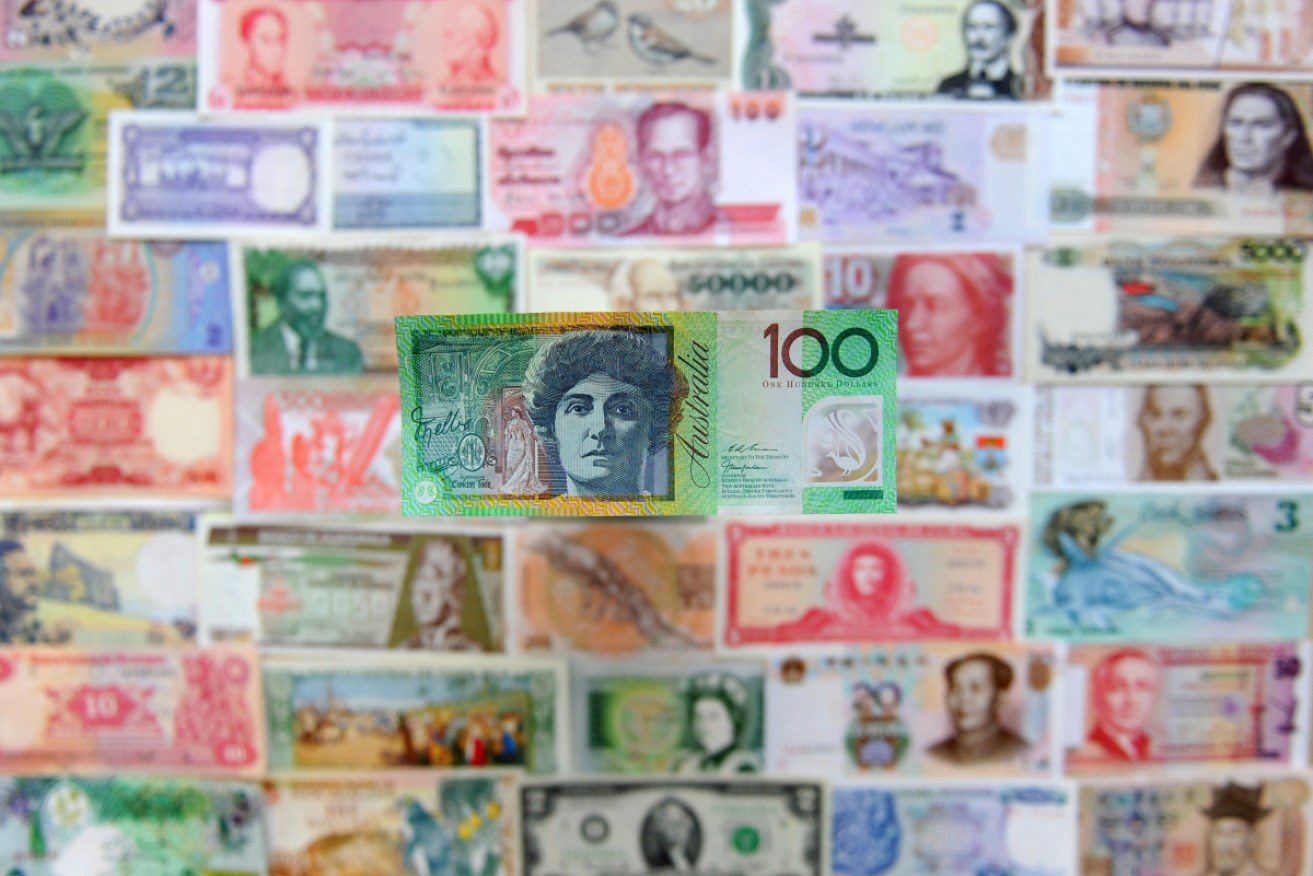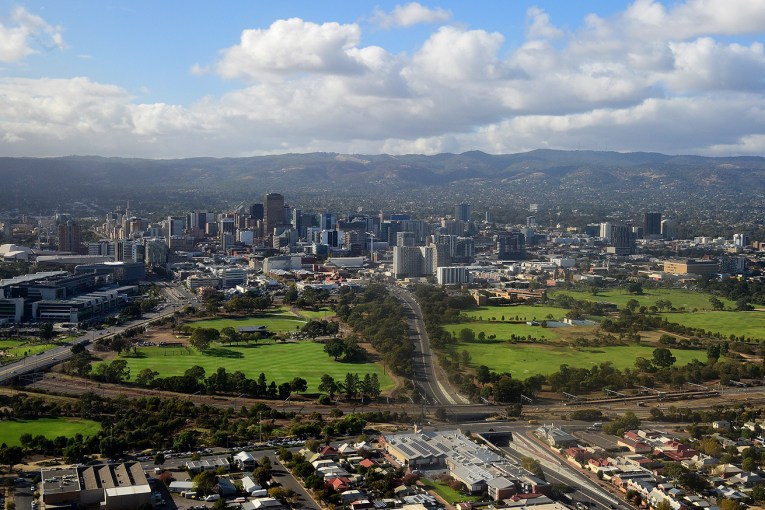Why surging markets haven’t stopped the currency from falling


The price of the Australian dollar has dipped despite markets hitting 4 year highs. Photo: Getty
The Australian dollar dropped more than 2 per cent against the US greenback only a day after share markets hit four-year highs, with a comeback not looking likely in the coming months.
As the ASX surged following the release of an underwhelming royal commission report, the Reserve Bank of Australia handed down its first cash rate decision of the year – the 30th consecutive month unchanged at 1.5 per cent.
It was by no means an unexpected outcome, with the ASX RBA rate indicator placing the chance of a change no higher than 5 per cent in the week before Tuesday’s announcement, but RBA governor Philip Lowe’s subsequent comments on Wednesday that a cut might be on the cards in 2019, the dollar took a hit.
It has since inched closer to 70 cents, down 2.43 per cent against the US dollar since February 4. Meanwhile, the ASX’s benchmark ASX 200 index climbed 3.51 per cent in the same time. So why is the dollar doing poorly when things are looking up for markets?
Justin Rampono, director of foreign exchange comparison site, The Currency Shop, told The New Daily that the Australian dollar is driven primarily by four major factors – and the market isn’t one of them.
What affects the dollar?
The value of the Australian dollar is dictated chiefly by commodity prices, how risky the global economy is, the price of the currency the dollar is compared with, and perhaps most importantly, the cash rate.
A low interest rate makes the Australian dollar unattractive to foreign markets because it stifles the return on investment they can receive by owning the currency. If interest rates are higher in the US, for example, then owning US dollars in an American bank account becomes more appealing than holding that money in Australian dollars domestically.
Wednesday’s sudden dip in the dollar’s value was the result of that mechanism, Mr Rampono said. Markets knew rates were unlikely to change, but the suggestion rates might come down this year contradicted previous RBA signals that the next movement in rates would be up, and markets responded by repricing the dollar to account for that added risk.
In his speech, the RBA’s Mr Lowe said “downside risks” (the likelihood of something negatively affecting the economy) have increased, and that increased risk brings with it an increased chance of rate cuts.
“Growth in household income has been low over recent years, but is expected to pick up and support household spending. The main domestic uncertainty remains around the outlook for household spending and the effect of falling housing prices in some cities,” Mr Lowe said.
While Mr Lowe’s comments might paint a gloomy picture, Mr Rampono said that when it comes to fluctuations in the Australian dollar, there wasn’t much cause for concern.
“It’s no reason to cancel your overseas holiday; you would need to be spending $20,000 or $30,000 before these 1 or 2 cent changes start to have a real impact,” he said.
“If you planned on spending $2000 overseas, and the dollar went down 2 cents, once you add it up the difference is only $60 or $70.”
In fact, Mr Rampono said using the wrong method to convert currency will probably cost travellers more than the exchange rate itself, so comparing different ways to access money abroad should be a bigger concern than the price of the dollar.








